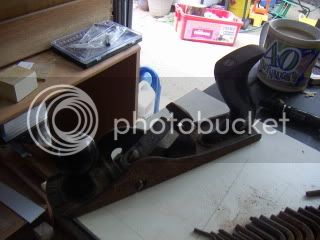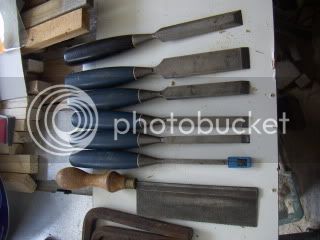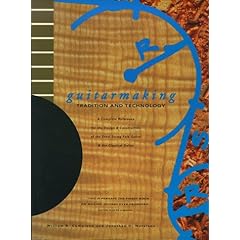Hi, I bought this,
<a><img></a>
It says "No.10" and P&B. Also a sticker says "selected for the deisn centre London" (Or similar - bits missing), plastic handles, diddy blade, not very heavy -
My question is:-
What do the numbers relating to planes refer to? Was it worth the £8.50 I paid for it and these:-
<a><img></a>
??? Any idea folks - just asking to get an idea whether I was ripped off or not, oh and th d/t saw has been refurbished - it now has teeth
Many thanks,
<a><img></a>
It says "No.10" and P&B. Also a sticker says "selected for the deisn centre London" (Or similar - bits missing), plastic handles, diddy blade, not very heavy -
My question is:-
What do the numbers relating to planes refer to? Was it worth the £8.50 I paid for it and these:-
<a><img></a>
??? Any idea folks - just asking to get an idea whether I was ripped off or not, oh and th d/t saw has been refurbished - it now has teeth
Many thanks,








